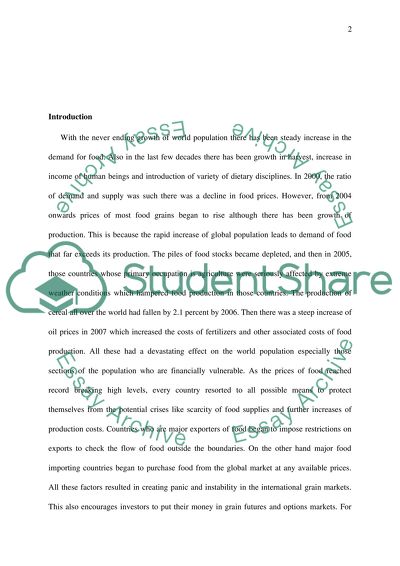Cite this document
(“Food Policy - milk and dairy products Coursework”, n.d.)
Retrieved from https://studentshare.org/marketing/1402399-food-and-society
Retrieved from https://studentshare.org/marketing/1402399-food-and-society
(Food Policy - Milk and Dairy Products Coursework)
https://studentshare.org/marketing/1402399-food-and-society.
https://studentshare.org/marketing/1402399-food-and-society.
“Food Policy - Milk and Dairy Products Coursework”, n.d. https://studentshare.org/marketing/1402399-food-and-society.


